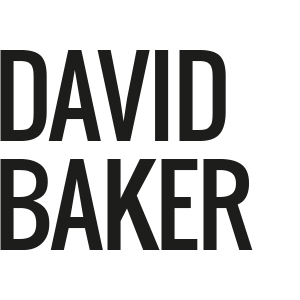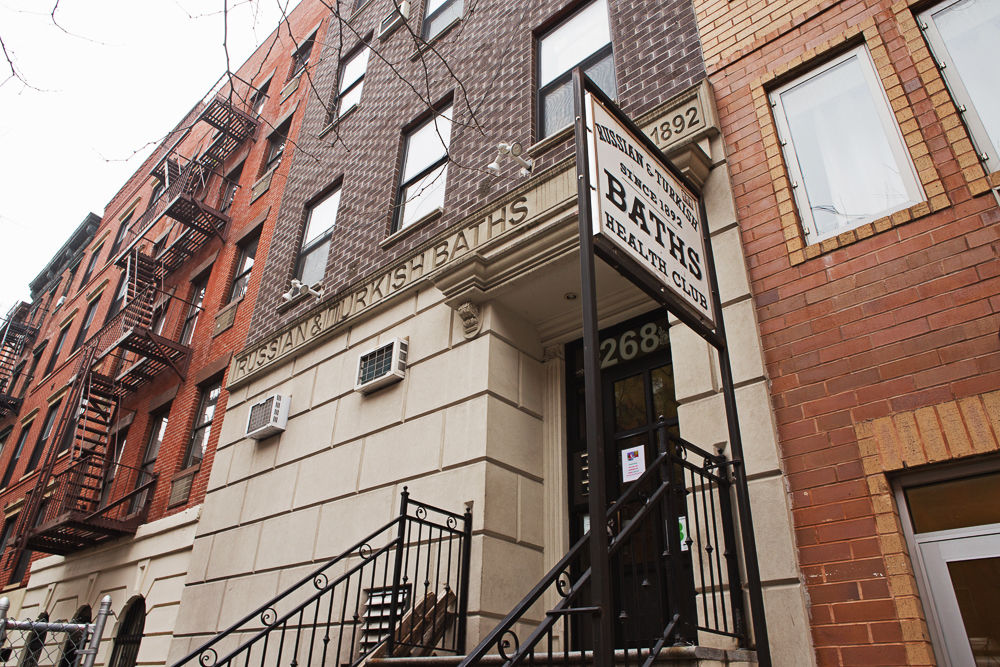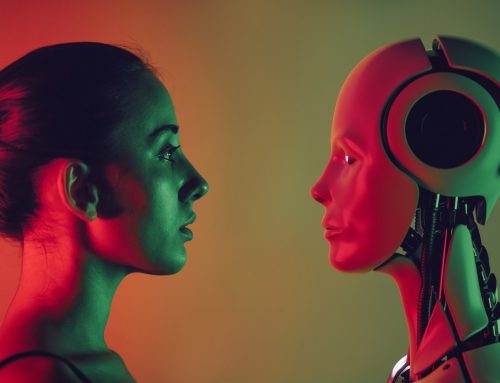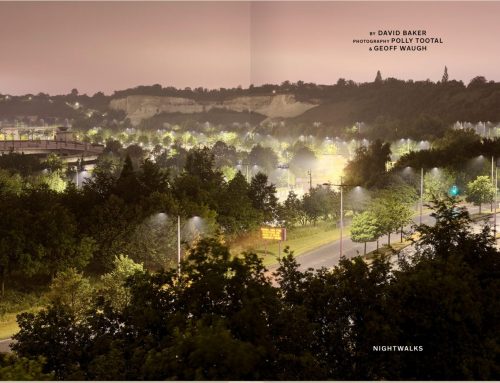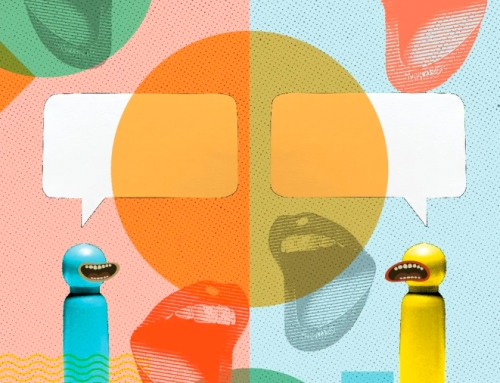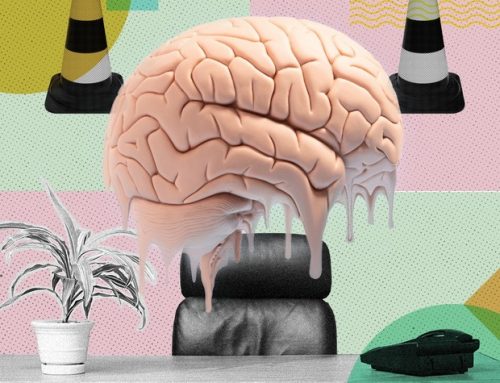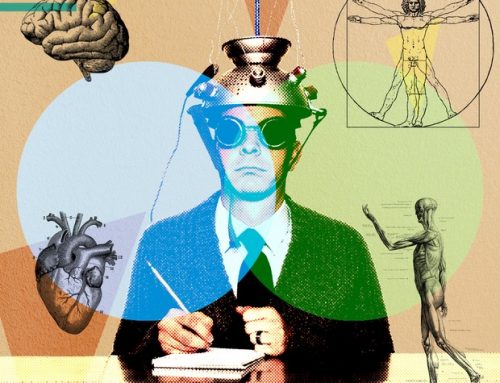New Yorkers are finding Russian reinvigoration – with a brain-frying, muscle-twisting detox session on E 10th Street
High Life, September 2001
As soon as you push open the wooden door to the schvitz in New York’s Russian and Turkish Baths on E 10th Street, you know you are in no ordinary spa. A wall of heat slaps you in the face and pulls you into the room that’s been heated to 200°F. Every pore on your body starts to sweat simultaneously, your eyes close as the heat penetrates to your retina and your lungs implode. It is heaven.
The Russian and Turkish Baths have sat in an unprepossessing side street in the East Village since 1892. Ask any New Yorker and they’ll say they’ve heard of the place, but few will have ventured there, preferring the clean lines and minimalist veneer of the New York Sports Club chain.
Back in 1984, the place was bought by David Shapiro and Boris Turbirman, and the pair now run them jointly, along with a similar, somewhat more luxurious venue in Florida. Upstairs, you can have a session with any one of some ten massage therapists, many of whom qualified as doctors or engineers in the former Soviet Union before emigrating to the US and retraining in physical therapy. Among them there’s Sasha Kruzhilin, who came to the US from Tashkent in 1997; Peter Svidounovitch, an expert chiropractor, whose strong-arm massages are renowned throughout Manhattan; and Anatoly Tyurin, who trained as a sports coach in Tashkent before coming to the US in 1996.
The big boss, who runs the place on behalf of Turbirman, is Lev Solon (a second manager looks after Shapiro’s side of the business), who takes your money, stores your valuables and books you in for the massages, salt rubs and mud treatments you can have downstairs. In the basement is the heart of the matter: a couple of steam rooms, a dry sauna, a plunge pool and, the holy of holies, the Russian room itself. It is here that you learn the baths are different from the gym. They are not for posing or building up your body. They are a place to sweat, sluice, be massaged, relax and have a gossip. They are the antidote to Manhattan’s stressed-out way of life.
To schvitz, which in Yiddish means simply ‘to sweat’, encompasses a ritual far more elaborate than dripping quietly in the corner of a heated room. Once you have paid your admission, Lev will give you a key to a locker where, if you are a man, you can check your clothes and change into some of the most ridiculously baggy shorts you have ever seen, and if you are a woman, an absurdly shapeless smock. Both come in nylon and both come in black. This is the first lesson of the schvitz: it doesn’t matter what your body shape is. No one cares. Everyone looks dumb in their nylons.
How you use the baths is up to you, but most people have a quick shower and head straight for the Russian room. At E 10th Street, this is 20x15ft underground chamber heated by the biggest oven you will ever have seen. Cast aside images of those little electric-element things in the local health-club sauna, this is a 12ft-high monster that squats in the corner of the room belting out heat like it wants to power the Titanic. Dotted around are some old plastic catering buckets under constantly running taps. In between them are New York’s finest, running with sweat.
To sit in a room like this takes some practice. Your pulse races, your head seems to swell and it is, initially at least, hard to breathe. But all this is doing you good (although if you have a heart condition, you should check with your doctor first). “The schvitz raises your heartbeat and lowers your blood pressure,” says Peter. “As the circulation increases, the flow of blood cleans the toxins out of you.”
When things get too much, there’s a simple solution: grab a bucket and sluice yourself with ice-cold water. After the intense heat, the water is the perfect temperature. It is as if someone has soothed your brow and wrapped you in a duvet. It restores and energises and let’s you sit back down on the bench and carry on.
The third stage of the schvitz, and the reason you are there, is the platza or oak-leaf massage. But first, a brief history of Russians in New York.
At E 10th Street, the clientele is about a third Russian (could be Jewish), about a third Jewish (maybe Russian) and about a third New Yorker (neither, but could be both). Go at a busy time, like Sunday mornings, when it is men only, or Wednesday mornings, when women have run of the place, and you can be sitting between a Wall Street whizzkid and a Brooklyn garbage collector, while a cop from Queens passes a bucket of water to a website designer from the East Village. Dressed in their silly shorts, these guys are indistinguishable and you’ll never know who is who until they open their mouths. But the chances are they once lived, or their parents or grandparents once lived, or they or someone from the family went on holiday in Odessa.
“Odessa is a sea port, looking out over the Black Sea,” says Malvina Ivanova, a 63-year-old widow who came to the US from Ukraine in 1979 and has lived in Brooklyn since 1982. “People from Odessa like to be near the beach, so they came to Brighton Beach and settled.”
Brighton Beach is the commercial epicentre of New York’s Russian émigré community. Half a neighbourhood, half a town in its own right, it squats on the southern edge of Brooklyn just south-west of Bensonhurst and about 40 minutes by subway from Manhattan (take the D train to Brighton Beach). The coastline is almost perfectly straight and the famous boardwalk (complete with Nathan’s world-renowned hot dogs) runs the entire length from Coney Island to Manhattan Beach taking in Brighton on the way. For most of the 20th century, the area was a Jewish ghetto, made up of migrants fleeing the pogroms of Eastern Europe. The first came around 1915, quickly established themselves and built a vibrant community where the language was Yiddish, the food was kosher and the place shut down on Saturdays.
“It was a lively neighbourhood,” says Pat Singer, founder and executive director of the Brighton Neighborhood Association and an activist in the area since the late 1970s, “comfortable and socially minded. Mrs Cohen and Mrs Minsky would be yelling at each other through open windows – they didn’t use phones – and everyone would know everyone else’s business. They would look out for each other.”
Change came in the 1970s. “The neighbourhood started to break up as kids couldn’t get far enough away from their parents,” says Singer. “They moved to California or New Jersey, anywhere but Brighton Beach. A different kind of crowd moved in and there was more street crime.”
Ivanova agrees. “There was a lot of tension in those days between Jews and black people and Hispanics. Old people were scared to walk the streets at night. The Jewish people went to their rabbi and asked, ‘Why have you put us here, it is worse than Russia?’ and the young Jews started to fight back. It was a very dangerous time.”
By 1977, the area was close to meltdown and Singer organised a rally to demand better treatment. “Hoodlums were coming in from Coney Island and terrorising the area. We decided we weren’t going to put up with this. A thousand people came on the rally and at last the city had to pay attention.
“It was at that time, as we were canvassing, that we heard a new voice: Russian. There was a big influx of Russian Jews, who had come to America to escape the persecution they faced in the Soviet Union. At first they didn’t fit in so well. They weren’t used to having so many goods in the shops and they would push the local people out of the way. But they assimilated rapidly, started to build up their own businesses and gradually the area grew in prosperity. There was some animosity at first, but the Russians also brought family values that the US hadn’t seen since the 1950s. Round here kids respect their parents and the people are very industrious. They work 16-hour days and very few are on welfare.”
The nickname ‘Little Odessa’ caught on in the early 1980s, but it was the immigrants who arrived at the end of that decade that turned the area into the bustling commercial centre it is today. “The second wave didn’t come here because anyone was bothering them. They came because they wanted a Mercedes,” says Sven Shpelfogel, who emigrated to the US in 1968, having lived first in Poland and then in Israel. “They were looking for economic rather than religious freedom. They wanted to better themselves.” And they succeeded. “Every immigrant who comes to the US is very hard working. In Manhattan Beach, which is an in effect an enclave of Brighton Beach, the average house is worth $1m plus and 40 per cent of them are owned by Russians.”
Walk down Brighton Beach Avenue, the area’s main drag, and the economic success is palpable. Shop signs, in Russian, advertise Russian videos and books, clothes and shoes, vodka and, of course, Russian food. Many of the other premises are delicatessens, stuffed with pickles, herring, smoked fish, caviar ($90 for 139g), sausages, meats, tins of Russian vegetables, beans, cheeses, sweets and biscuits – including Delicje, from Poland, a kind of grown-up Jaffa Cake that comes in apricot, cherry, orange, pineapple and raspberry flavours (99¢ a pack). There are rich cakes, made on the premises, that are almost too sweet to eat and cafés where you can sit for a moment, eating a blini and caviar or just taking a moment with a cup of that peculiar but delicious Russian pick-me-up: black tea with lemon and jam.
The cuisine round here is classically East European, much of it Jewish, although pork is on sale everywhere and there are none of the “Kosher” signs you find in Williamsburg or the Upper West Side of Manhattan. Many of these Russians are Jews, but, to the despair of the rabbis, they are Russian first. “With the second wave of immigration,” says Singer. “Yiddish stopped being the language of the area and I even saw Christmas trees.”
What the Russians did bring with them was the love of good entertainment. “When a Russian says, ‘Let’s go to a restaurant,’” says Sasha at the E 10th Street baths, “they mean, ‘Let’s go somewhere special.’ You dress up, you enjoy yourself, there is dancing and singing, a live show, good food and drink. You have a good evening.”
“On Brighton Beach Avenue alone,” says Shpelfogel, “there are about 25 restaurants that serve different cuisines from borscht to foie gras. Go on to the boardwalk at 12 or 1am in the summer and it is like the Riviera. There are literally thousands of people eating and drinking and enjoying themselves. And we have great nightclubs – like the Windmill and the Moulin Rouge, but better, with the best dancers and singers brought over from Russia.”
Certainly the arts in Brooklyn have gained enormously from Russian immigration. Children from schools such as the Shostakovich School of Music, Art and Dance, regularly put on performances that would put some West End shows to shame. And the big nightclubs such as Rasputin, Cafe Lido and National (“There are 82,” says Shpelfogel), regularly host spectacular entertainments direct from the motherland.
But it is the simple things that make Russian hearts sing. Which brings us back to the baths. “We like to beat each other up with oak leaves,” says Shpelfogel with a twinkle in his eye. “Then you sweat. You jump in the cold water. You do it all again. Then you have a massage. And then you sleep like a baby.”
The platza, or oak-leaf massage, is a speciality of Russian baths across the world and at E 10 Street the platza expert is Gregor. Gregor bears more than a passing semblance to Travis Bickle in Taxi Driver, a detail that, it turns out, telegraphs the intensity of experience to come.
In the schvitz, Gregor has laid some towels down on the bench closest to the oven. This is where he gets me to lie, my head about half an inch away from the oven wall. I think I can smell singeing.
Every platza starts slowly, a little brushing of the leaves on your shoulder blades, some working out of the Manhattan grime, but, as the temperature rises and I feel as though I could fry an egg on my back, the movements get more vigorous and Gregor kicks into some slapping action. This hurts. Not in a kind of stop-it-you’re-hurting way, nor, you understand, in a keep-it-up-I-love-the-pain kind of way (you need a different kind of sauna for that).
Instead, it’s the sort of pain that matron used to say was good for you, as Gregor scolds out the toxins from your body, making them ashamed they were there in the first place. Still, it hurts, and just as I’m wondering how uncool it would be to yelp, the question becomes academic as Gregor switches to a kind of grinding/crunching movement and I let out a string of expletives that would have done the most hardened babushka proud.
At this point water helps. All you nerve endings are in hypersensitive mode and reach up for the seedlings in the desert. Your muscles relax. Your brain realises that oak leaves, steam, heat and water are not such as bad combination after all. Your eyes close and you give yourself over to the sensation…
When you step out on to the street, even rainy Manhattan looks beautiful. It’s probably – and here comes the science – the endorphins rushing through your body after all that slapping, but it’s nice to think that Gregor has given you a little bit of Odessa to keep close to your heart.
“The Russians are coming” used to be the great fear of America in the 1980s. After a visit to the E 10 Street baths, you’ll be very glad that they did.
